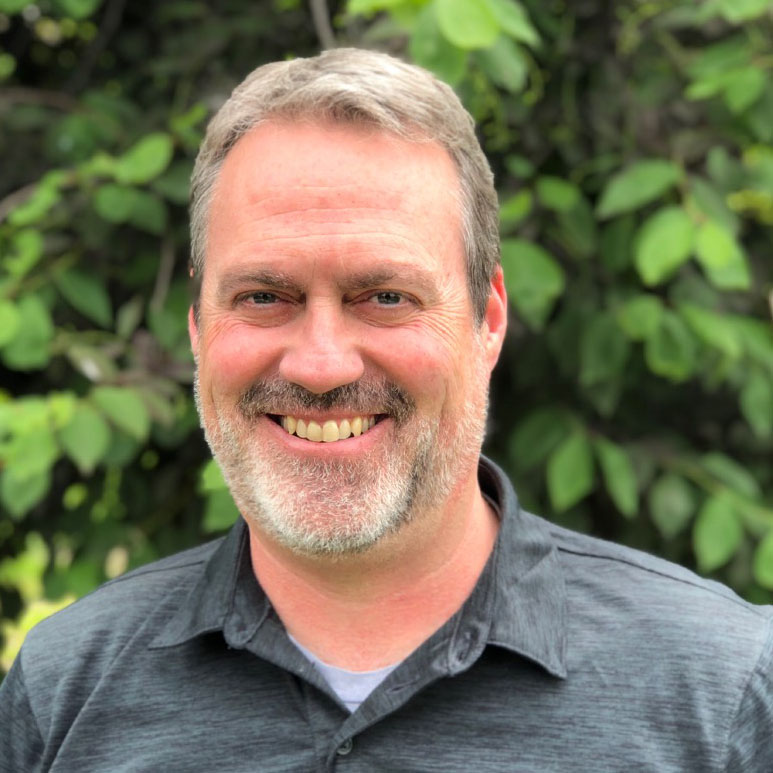Growth spurs additions to OPPD’s system

OPPD’s network is a well-designed, but complicated set of interconnected systems. The network includes generating stations and transmission and distribution systems made of electric circuits.
The transmission and distribution systems have substations, which transform or “steps the power down” to a usable voltages for our homes and businesses. Substations feed circuits – think of it like an interstate system for electricity. These circuits serve large numbers of customers in the metro area, as many as 1,500 to 2,000 customers per circuit. Circuits in rural areas can contain as few as couple hundred customers per circuit.
Adding distribution circuits
As the communities OPPD serves grow, so must the utility. Each year, OPPD adds circuits. Doing so involves employees from many areas of the utility, including system operations, substation, system protection, distribution planning, engineering and working crews.
OPPD recently added circuits to power new businesses, hospital construction and housing developments. Another new circuit will help serve Amazon’s new distribution center in Sarpy County.
Circuits also provide redundancy by allowing OPPD’s system operators to reroute power from circuits to keep electricity flowing to different areas. For example, your neighborhood is fed electricity by a primary circuit. If there is a problem on part of the circuit – like downed wires during a storm – sometimes it is possible to isolate an area. This isolation still keeps power on for other areas on the same circuit by feeding power from a neighboring a circuit.
Configuring electric circuits
There is a method to how OPPD sets up its circuits, but it might not be what most people think: geographically. While you and your next-door neighbor might be on the same circuit, it is also possible that your neighbor across the street is on a different circuit. For example, if you lose power but you see the lights on across the street that means you are on separate circuits than your neighbors.
“It all depends on system load,” said Mike Herzog, manager of Distribution Planning. “That’s why it isn’t determined by landmark or street. Our circuits are configured by what works best electrically. We run a looped radial feed. Think of your home: Your kitchen and bathroom may be tied together so if you blow a fuse or your breaker trips, the whole house doesn’t lose power, just the areas that are tied together. Our system is the same. We have all different tie points.”
In all, OPPD has just under 500 circuits on the distribution system. Each year, OPPD looks at its circuit configurations and takes into account upcoming load growth patterns.
Circuit additions vs reconfigurations
Adding a circuit isn’t something OPPD does lightly, Herzog said. Doing so is a big investment and OPPD looks at many different options first. One of those is reconfiguring other circuits.
That’s what is being done around the Flanagan Lake area. OPPD will change the boundaries of eight circuits in that area later this summer, said Matt Shantz, OPPD’s Distribution Operations Lead.
Herzog said that the rise of mixed-use developments in Omaha has also caused a lot of circuit reconfigurations.
“The best example for that is the Aksarben area,” he said. “Twenty five years ago that was a racetrack and the system in that area was fully developed. Now you are seeing office space, retail space, a new arena and basically you are quadrupling your density and load. We did bring in a new circuit there but we also moved a lot of load around.”
On the horizon
While OPPD does bring on a few new circuits each year, OPPD planners are beginning to look at alternatives to adding new circuits.
Non-traditional fixes such as batteries and solar power might be closer than people realize, Herzog said.
“We are taking a closer look at what we call ‘non-wire’ solutions,” he said. “And those technologies could be fixes for adding more circuits. There are areas in our city that it would be very difficult and disruptive to put in a new circuit, like some of the main arteries in the city. So we are always looking ahead.”

Jason Kuiper joined OPPD as a communications specialist in 2015. He is a former staff writer and reporter at the Omaha World-Herald, where he covered a wide range of topics but spent the majority of his career covering crime. He is a graduate of the University of Nebraska at Omaha and has also appeared in several true crime documentary shows. In his free time he enjoys cooking, spending time with his wife and three children, and reading crime novels.
View all posts by Jason Kuiper >







